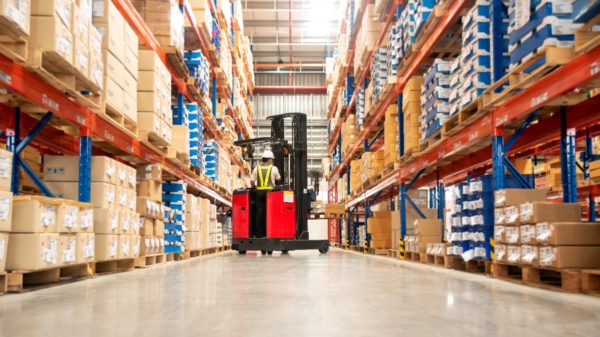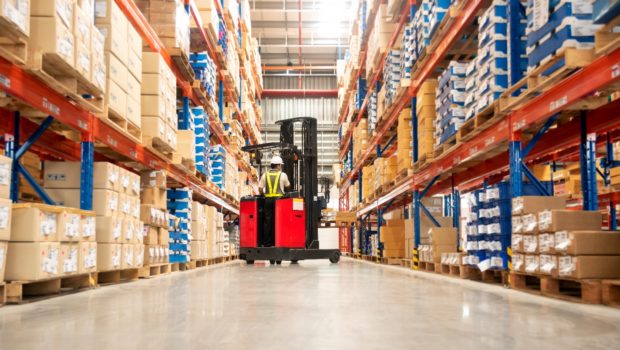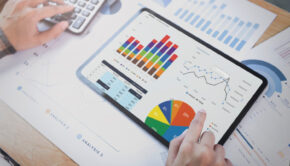Retail Analytics and How it is Transforming Consumer Experience
Data is undoubtedly the real digital currency today and almost all the industries have realized that collecting and analyzing data is the way forward. Retail and FMCG is one such industry where data can provide transforming benefits like improved profits, satisfied customers, and overall optimized experience for both the consumers and company. As a few studies have suggested, almost all of the retail players are keen on collecting the data but they still have not started utilizing it and this is where analytics and data visualization comes into play.
What is Retail Analytics?
Retail Analytics is the use or implementation of analytics on any data associated with the retail industry. The data can range from sales, marketing, customer support to inventory, and much more. The analysis is done with the core purpose of deriving data-driven insights which can benefit the company to improve its daily operations and long-time sales. Nowadays, with the advancing technology, retail analytics is just not limited to analyzing the data collected but also now includes which data to collect and how. This enables the company to make futuristic decisions and prominent actions for today. This enables not just the decision-makers to have a data-driven view but also gives the field executive the necessary details of his work and the location statistics to identify the gaps and improve upon the day-to-day tasks. This data democratization ultimately leads to better consumer experience and helps develop long-lasting relationships resulting in year on year enhanced revenue.

Benefits and Use cases
Through Retail Analytics, you get a single source of truth for your customers, internal operations, supply chain, marketing, and sales. It provides the data-driven insights to understand customers better and make sound decisions
Customer Behavior Analysis
It helps you understand customer behavior, their shopping journey, and their overall interactions with their company and products, which can help decipher specific patterns and trends. Through this personalized experience and offers can be provided to maintain loyalty and improve Customer Lifetime Value. Companies can understand customer preferences through analytics and their spending patterns, which enables customer segmentation and improve their experience in brick and mortar stores as well as during digital interactions.
Improved Supply Chain and Inventory
Companies can identify the mass buying and consuming pattern, through which demand can be forecasted and proper inventory can be managed. This helps optimize the complete supply chain and avoid any undue bottlenecks. Through this, retailers will be better able to distribute resources and budgets.
Optimized In-store Experience
Specific in-store analytics can be generated like heat mapping of the store to see which sections of the stores are outperforming and which needs attention. The merchandising now can be done based on understanding the journey of the consumer from point A to B to final purchase. The merchandising will be based on data-driven insights now, rather than intuitions or guesses. Store Assistant coverage can be analyzed and improved to enhance the customer experience through consistency. Foot traffic can also be analyzed to have an individual view of each store and provides specific insights for improvement. Each of these changes will lead to a regular improvement in product pick-ups and impulsive sales but also help streamline the supply chain and reduce dead inventory.
Marketing and Trade Promotion Optimization
Through digital interactions, companies can identify consumer likes and dislikes, patterns, preferences, and overall interaction with the brand. This can help in strategizing innovative marketing campaigns leading to improved sales and personalized experience. However, before analytics, the instore trade promotions had no way to understand its impact on sales and general experience. Through predictive analytics, data from various sources can be collected to bring out necessary insights, and the right promotions, budgets, and resources can be allotted by the company.
Conclusion
Understanding consumers, optimizing the experience, and improving marketing strategy through data analytics has picked up the pace and is already showing improvements in sales and customer experience. However, based on a study, almost 40-60% of companies are still new to this. Self-service analytics and predictive analytics through ad hoc reporting are certainly going to change the way the companies are operating and will become crucial for competition and defining market leader.







![A Quick Guide to IGTV [Infographic]](https://technofaq.org/wp-content/uploads/2018/07/a-quick-guide-igtv-150x150.jpg)








